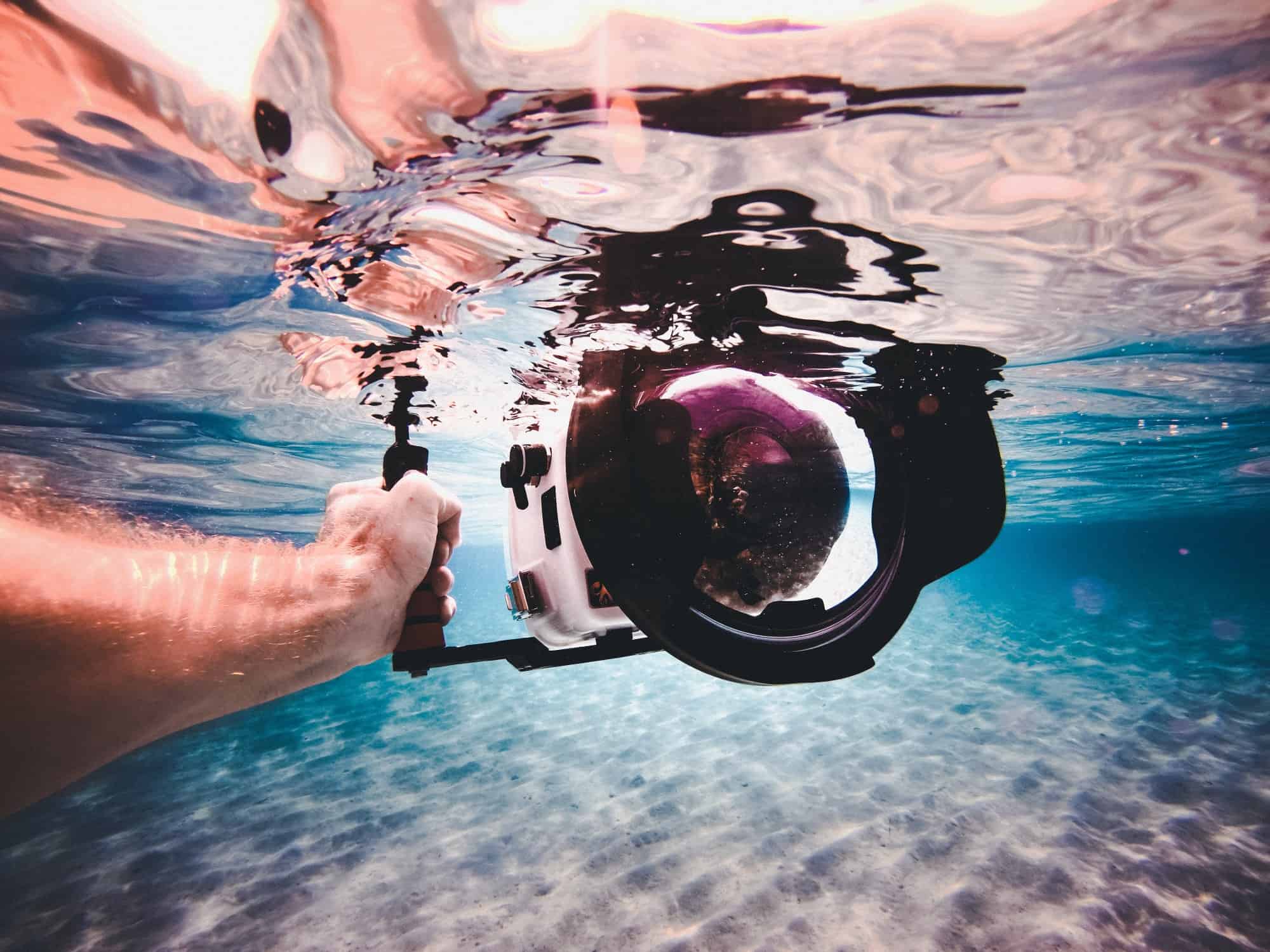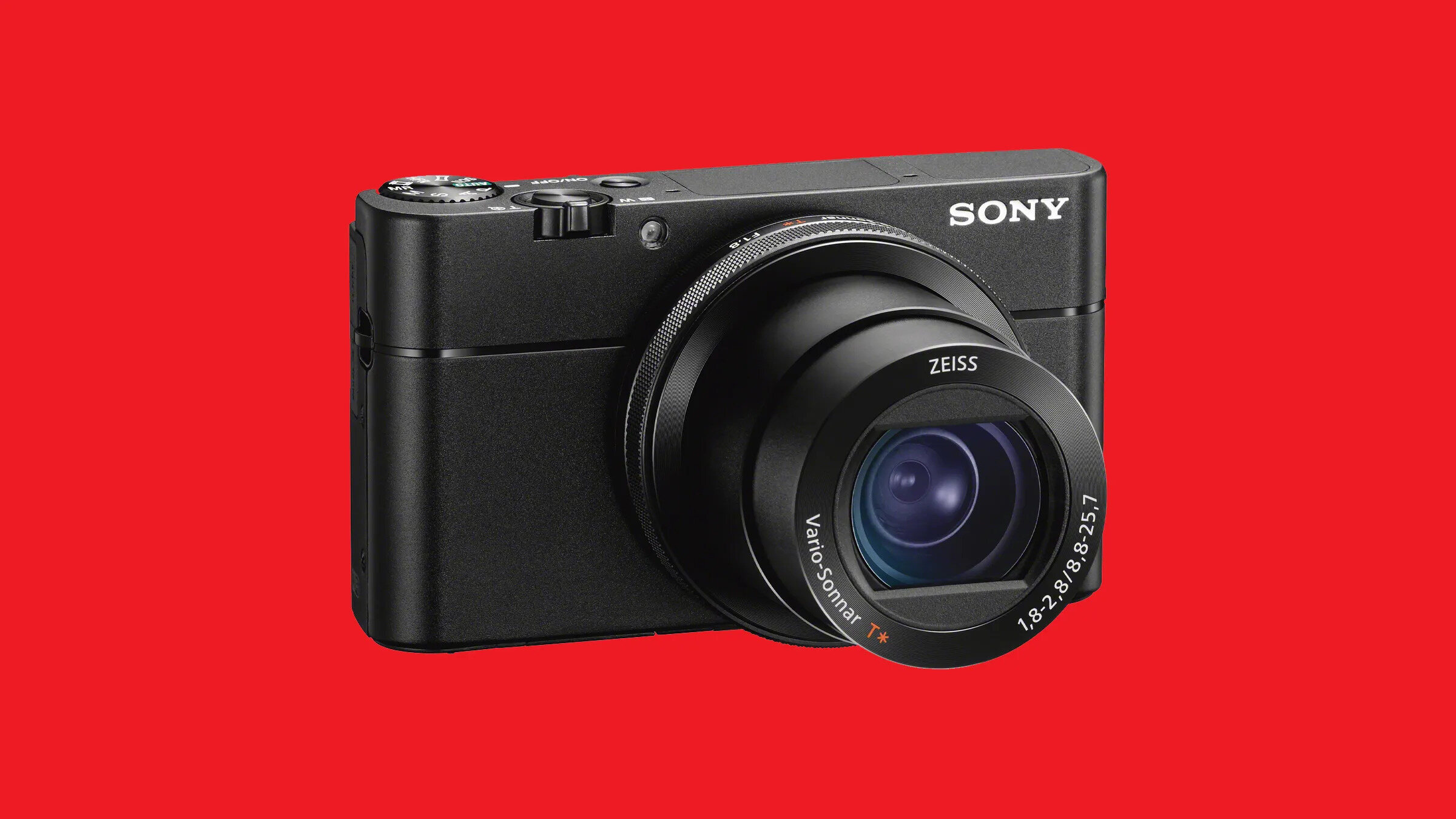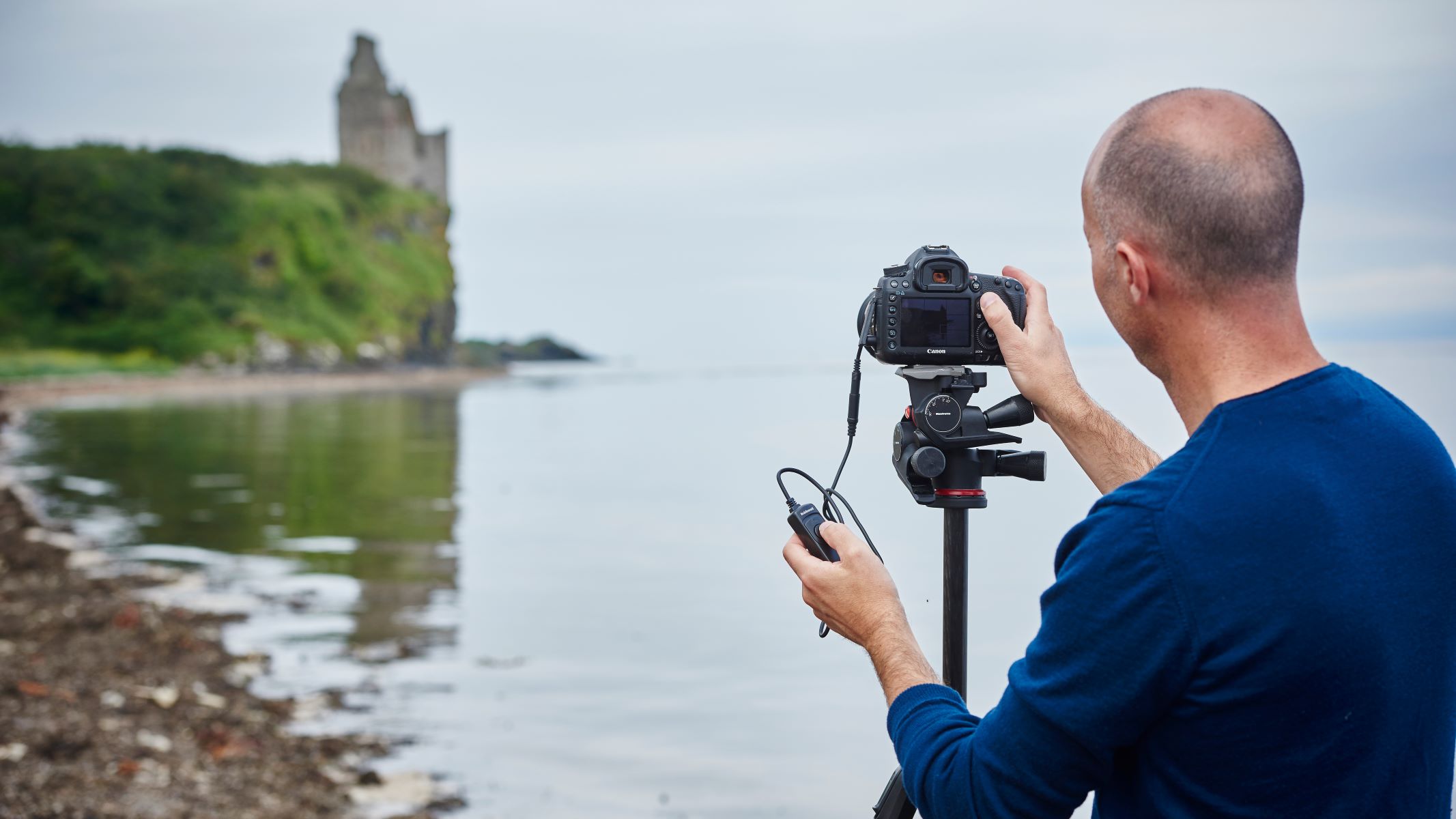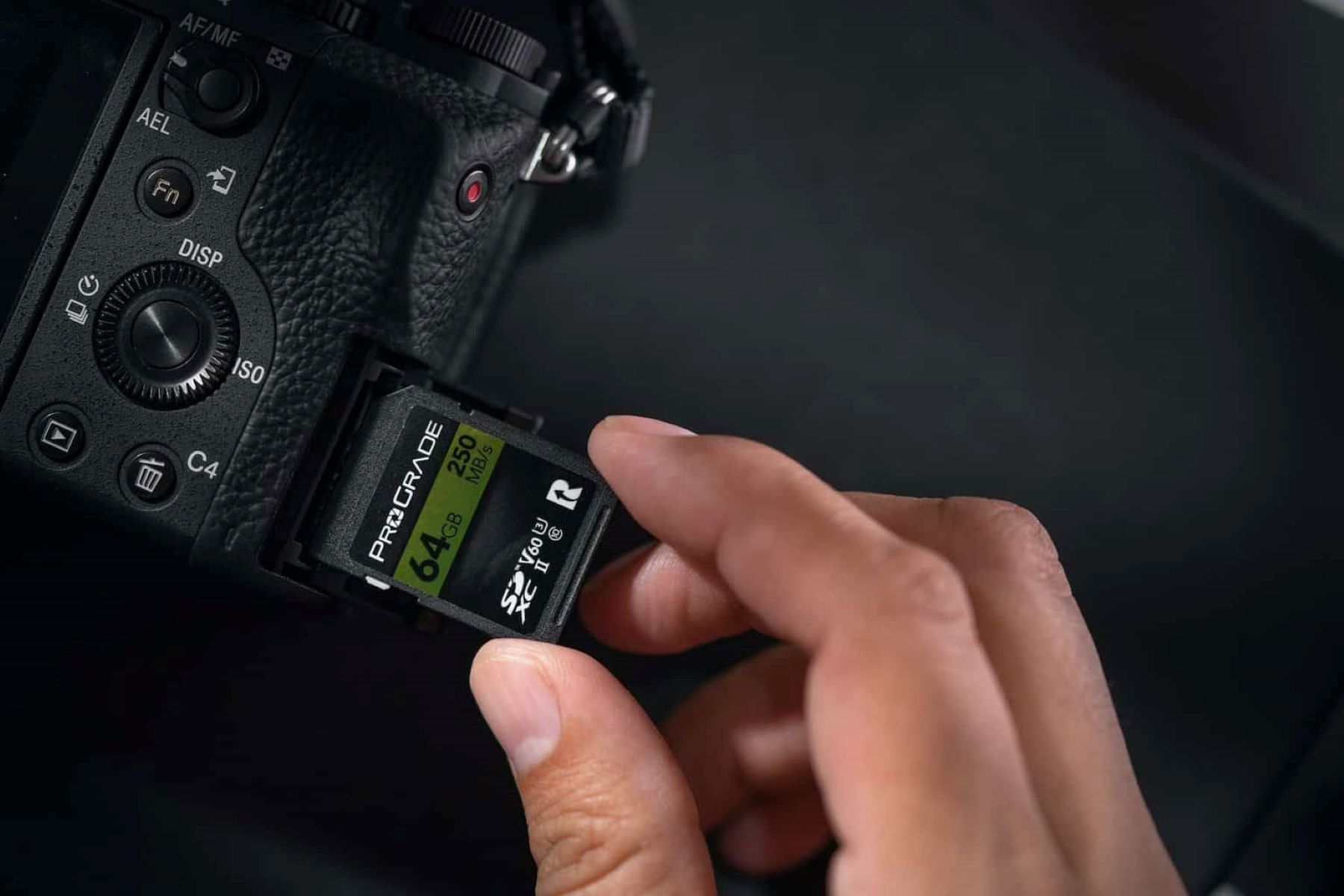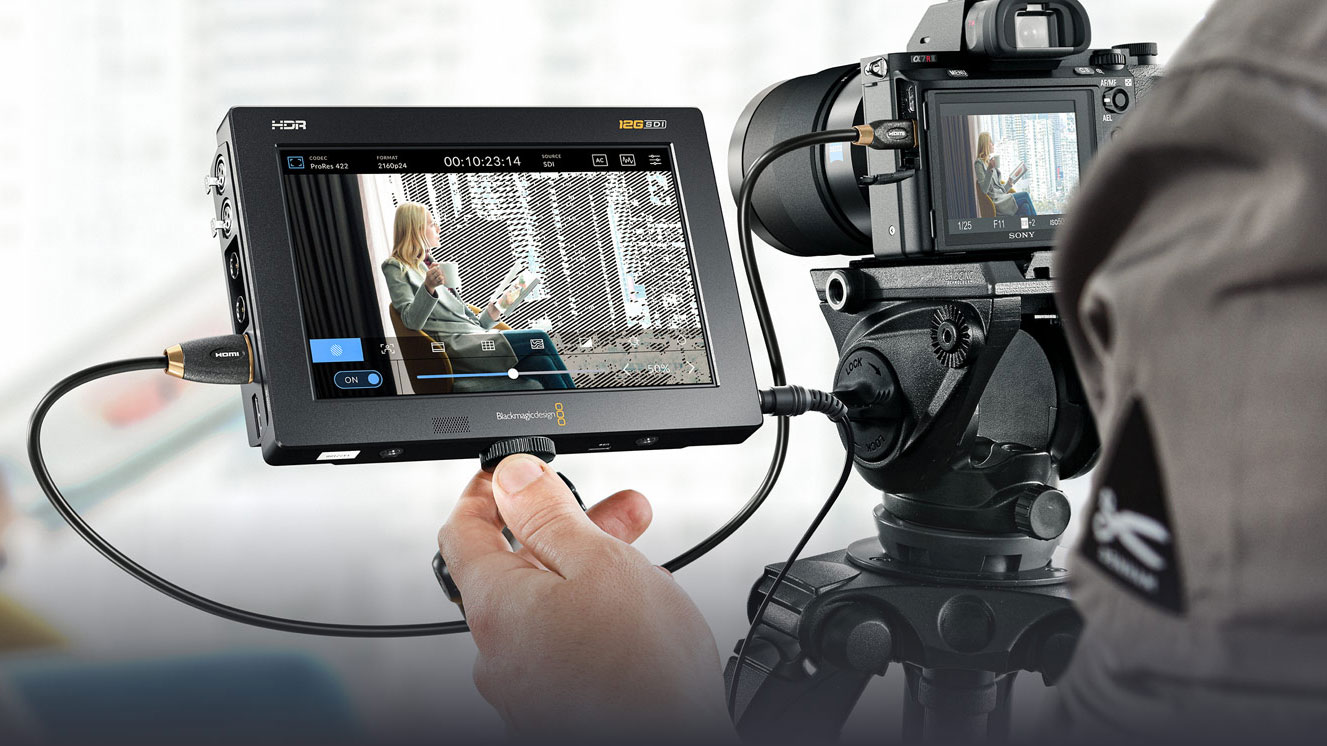Introduction
Capturing stunning swimming pictures with a DSLR camera can be an exhilarating and rewarding experience. Whether you're photographing professional swimmers in a competition or capturing fun moments at the local pool, the right equipment, technique, and creative flair can make a significant difference in the quality of your photographs. In this guide, we will explore the essential steps and tips for taking captivating swimming pictures with a DSLR camera. From choosing the right camera and lens to understanding the fundamentals of underwater photography and mastering the art of editing, this comprehensive resource will equip you with the knowledge and skills to elevate your swimming photography to new heights.
Taking swimming pictures with a DSLR camera presents a unique set of challenges and opportunities. The interplay of light, movement, and water creates a dynamic and visually compelling environment for photography. Whether you're capturing the grace and power of a competitive swimmer or the joy and spontaneity of recreational swimming, the ability to freeze these moments in time through photography is truly captivating.
Throughout this guide, we will delve into the intricacies of underwater photography, discussing the technical considerations and artistic elements that contribute to breathtaking swimming pictures. From selecting the right camera and lens to mastering the technical settings and post-processing techniques, each step plays a crucial role in achieving remarkable results.
Join us as we embark on a journey to unlock the secrets of capturing mesmerizing swimming pictures with a DSLR camera. Whether you're a seasoned photographer looking to expand your repertoire or a novice eager to explore the world of underwater photography, this guide is designed to inspire, educate, and empower you to create stunning images that celebrate the beauty and dynamism of swimming.
Choosing the Right DSLR Camera
When venturing into the realm of swimming photography, selecting the right DSLR camera is a pivotal first step. The ideal camera should offer a balance of advanced features, durability, and compatibility with underwater housings, enabling you to capture high-quality images in challenging aquatic environments.
Key considerations when choosing a DSLR camera for swimming photography include the camera’s resolution, autofocus capabilities, and low-light performance. Opt for a camera with a high resolution sensor to ensure sharpness and detail in your swimming pictures. Additionally, advanced autofocus systems with fast and accurate tracking are essential for capturing the swift movements of swimmers with precision.
Furthermore, a camera’s low-light performance is crucial for swimming photography, as it directly impacts your ability to capture clear and vibrant images in indoor pools or under natural light conditions. Look for DSLR cameras with excellent low-light sensitivity and minimal noise at higher ISO settings, allowing you to maintain image quality in challenging lighting scenarios.
Another critical factor to consider is the camera’s compatibility with underwater housings. Investing in a DSLR camera that is supported by a range of high-quality underwater housings expands your creative possibilities, enabling you to confidently explore underwater photography without compromising on the functionality and protection of your equipment.
For swimming photography, weather-sealed DSLR cameras offer added protection against water splashes and environmental elements, ensuring the durability and reliability of your equipment in aquatic settings. Additionally, ergonomic design and intuitive controls contribute to a seamless shooting experience, allowing you to focus on capturing compelling swimming pictures without being hindered by the camera’s handling.
By carefully evaluating these factors and researching the available options, you can select a DSLR camera that aligns with your specific needs and budget while providing the essential features and performance capabilities required for exceptional swimming photography.
Selecting the Right Lens
Choosing the appropriate lens for swimming photography is a crucial decision that significantly impacts the quality and versatility of your images. The ideal lens should offer the optical characteristics and focal length range necessary to capture compelling swimming pictures with clarity, depth, and visual impact.
For swimming photography, a versatile zoom lens with a focal length range that encompasses both wide-angle and telephoto capabilities is highly advantageous. Wide-angle lenses are invaluable for capturing expansive underwater scenes, group shots, and environmental portraits, while telephoto lenses excel in isolating subjects, capturing details, and achieving a compressed perspective that enhances the visual dynamics of swimming pictures.
When photographing swimmers in action, a fast and responsive autofocus system is essential for maintaining sharpness and accuracy, especially in fast-paced aquatic environments. Look for lenses equipped with advanced autofocus motors and precision optics to ensure consistent and reliable performance when capturing swimming pictures with a DSLR camera.
Furthermore, the optical characteristics of the lens, including its aperture range and image stabilization capabilities, play a significant role in achieving stunning swimming photographs. A lens with a wide maximum aperture not only facilitates low-light shooting but also enables creative depth of field control, allowing you to emphasize subjects against blurred backgrounds for compelling visual impact.
In underwater photography, where light conditions can vary dramatically, the ability to stabilize the lens and minimize the impact of camera shake is crucial. Image stabilization technology, available in select lenses, helps to counteract unwanted motion and contributes to sharper images, especially when shooting in challenging aquatic environments.
Additionally, the construction and design of the lens should prioritize durability, weather-sealing, and resistance to moisture and dust, ensuring that it can withstand the rigors of underwater photography and provide reliable performance in aquatic settings.
By carefully evaluating the focal length range, autofocus capabilities, optical characteristics, and construction of the lens, you can select an essential tool that empowers you to capture captivating swimming pictures with precision, creativity, and visual flair.
Understanding the Basics of Underwater Photography
Embarking on the journey of underwater photography requires a solid understanding of the unique challenges and opportunities presented by aquatic environments. Whether you’re capturing the elegance of synchronized swimming or the vibrant marine life in a tropical reef, mastering the fundamentals of underwater photography is essential for creating compelling and visually striking images.
One of the primary considerations in underwater photography is the behavior of light in water. As light travels through the aquatic medium, it undergoes scattering and absorption, leading to changes in color, contrast, and clarity. Understanding the principles of light behavior in water empowers photographers to adapt their techniques and equipment to achieve optimal results in varying underwater conditions.
When photographing in swimming pools or natural bodies of water, the clarity and visibility of the water play a significant role in determining the approach to composition, exposure, and lighting. Clear, well-lit environments offer opportunities for vibrant and detailed images, while murky or low-light conditions may necessitate adjustments in shooting techniques and post-processing to enhance the visual impact of the photographs.
Moreover, the dynamics of movement and buoyancy in water influence the positioning and behavior of subjects, requiring photographers to anticipate and adapt to the fluid nature of underwater scenes. From adjusting camera settings to accommodate the swift movements of swimmers to utilizing creative angles and perspectives to capture the interplay of light and water, mastering the art of underwater photography involves a blend of technical proficiency and artistic vision.
Additionally, familiarity with the behavior and habits of aquatic subjects, whether human or marine, enhances the ability to anticipate and capture decisive moments that convey emotion, energy, and storytelling in swimming pictures. Understanding the behavior of light, the dynamics of underwater environments, and the characteristics of aquatic subjects lays the foundation for creating compelling and evocative underwater photographs that resonate with viewers.
By immersing yourself in the fundamentals of underwater photography and embracing the unique interplay of light, movement, and aquatic life, you can unlock the creative potential of capturing mesmerizing swimming pictures that celebrate the beauty and dynamism of underwater environments.
Setting Up Your DSLR Camera for Swimming Pictures
Preparing your DSLR camera for swimming photography involves configuring a range of settings and parameters to optimize image quality, focus accuracy, and exposure control in aquatic environments. By fine-tuning your camera’s setup, you can ensure that it performs seamlessly and reliably, allowing you to capture stunning swimming pictures with precision and creative finesse.
First and foremost, familiarize yourself with the specific shooting mode options available on your DSLR camera. While manual mode offers complete control over exposure settings, aperture priority and shutter priority modes can be valuable for adapting to changing lighting conditions and capturing the dynamic movements of swimmers with ease. Understanding the nuances of each shooting mode empowers you to select the most suitable setting for the desired visual outcome.
When photographing in aquatic settings, maintaining a balance between shutter speed, aperture, and ISO sensitivity is crucial for achieving optimal exposure and freezing motion. Selecting a fast shutter speed allows you to capture the swift movements of swimmers with sharpness and clarity, while adjusting the aperture controls depth of field and the amount of light entering the camera. Additionally, fine-tuning the ISO sensitivity enables you to adapt to varying light conditions without compromising image quality.
Furthermore, configuring the autofocus settings on your DSLR camera to accommodate the rapid movements of swimmers is essential for achieving sharp and accurately focused swimming pictures. Utilize continuous autofocus modes and predictive tracking features to maintain precise focus on moving subjects, ensuring that your images convey the energy and dynamism of swimming with clarity and impact.
For underwater photography, white balance adjustments play a vital role in preserving accurate colors and tonalities in swimming pictures. By setting the appropriate white balance based on the prevailing light conditions and the color temperature of the water, you can ensure that your images exhibit natural and vibrant color rendition, enhancing the visual allure of underwater scenes.
Additionally, activating any relevant in-camera image stabilization features and utilizing custom picture styles or color profiles can further enhance the quality and character of your swimming pictures, allowing you to impart a distinct visual signature to your underwater photography.
By meticulously configuring your DSLR camera’s settings to suit the unique demands of swimming photography, you can elevate the technical precision and creative impact of your images, capturing the grace, power, and beauty of swimming with finesse and artistry.
Tips for Taking Stunning Swimming Pictures
Capturing stunning swimming pictures with a DSLR camera requires a combination of technical proficiency, creative vision, and strategic planning. Whether you’re photographing competitive swimmers, synchronized routines, or recreational swimming activities, incorporating the following tips can elevate the visual impact and storytelling elements of your swimming photographs.
- Pre-visualize Your Shots: Before entering the aquatic environment, envision the types of images you aim to capture. Consider the composition, lighting, and desired mood of your swimming pictures, allowing you to approach the shoot with a clear vision and purpose.
- Utilize Creative Angles: Experiment with diverse camera angles and perspectives to convey the dynamic energy and fluidity of swimming. Low-angle shots from water level, overhead views, and close-up details can add visual interest and depth to your swimming pictures.
- Embrace Natural Light: Leverage natural light to enhance the vibrancy and atmosphere of your swimming photographs. Pay attention to the direction and quality of light, utilizing backlighting, dappled sunlight, and golden hour illumination to infuse your images with warmth and visual allure.
- Freeze Motion with Fast Shutter Speeds: Select a fast shutter speed to freeze the movements of swimmers with precision and clarity. This technique ensures that the dynamic actions and expressions of the subjects are captured with sharpness and impact, conveying the essence of swimming in a compelling manner.
- Capture Emotive Expressions: Focus on capturing the expressions, emotions, and interactions of swimmers to convey the essence of their experience. Whether it’s the determination of a competitive swimmer, the joy of recreational swimmers, or the synchronized movements of a team, emphasizing emotive elements adds depth and storytelling to your swimming pictures.
- Experiment with Underwater Photography: If feasible, explore underwater photography to showcase the grace and beauty of swimmers beneath the surface. Utilize waterproof housings or dedicated underwater cameras to capture unique perspectives and ethereal imagery, adding a captivating dimension to your swimming photographs.
- Focus on Composition and Leading Lines: Pay attention to the composition of your swimming pictures, incorporating leading lines, diagonals, and visual pathways to guide the viewer’s gaze and create a sense of movement and flow within the frame. Thoughtful composition enhances the visual impact and storytelling elements of your images.
- Edit with Precision: After the shoot, utilize post-processing tools to fine-tune and enhance your swimming pictures. Adjust exposure, color balance, and contrast to optimize the visual impact, ensuring that your images convey the desired mood and aesthetic appeal.
By integrating these tips into your approach to swimming photography, you can elevate the technical precision, visual allure, and storytelling elements of your images, capturing stunning swimming pictures that resonate with viewers and celebrate the beauty and dynamism of aquatic environments.
Editing and Enhancing Your Swimming Pictures
Post-processing plays a pivotal role in refining and elevating the visual impact of swimming pictures captured with a DSLR camera. By leveraging editing techniques and software tools, you can enhance the vibrancy, clarity, and storytelling elements of your images, ensuring that they resonate with viewers and convey the beauty and dynamism of swimming with precision and artistry.
When editing swimming pictures, begin by assessing the overall exposure, color balance, and contrast to ensure that the images accurately reflect the intended mood and visual appeal. Adjusting exposure levels and fine-tuning the color temperature and tonalities can significantly enhance the vibrancy and natural beauty of aquatic scenes, infusing your swimming pictures with captivating visual allure.
Furthermore, consider the composition and framing of your swimming photographs during the editing process. Crop and straighten the images as needed to refine the visual flow and emphasize the focal points, ensuring that the composition effectively guides the viewer’s gaze and conveys the dynamic energy and storytelling elements of swimming.
Embracing selective editing techniques allows you to accentuate specific elements within your swimming pictures, such as emphasizing the expressions of swimmers, enhancing the clarity of details, or refining the tonal contrasts to create a compelling visual narrative. By selectively adjusting and enhancing key elements, you can elevate the emotive impact and storytelling depth of your swimming photographs.
Additionally, explore creative enhancements and artistic treatments to infuse your swimming pictures with a distinct visual character. Experiment with color grading, tonal adjustments, and creative effects to impart a unique aesthetic signature to your images, allowing you to convey the mood, atmosphere, and emotional resonance of swimming in a compelling and evocative manner.
When editing swimming pictures, strive for a balance between technical refinement and creative expression, ensuring that the images maintain a natural and authentic visual appeal while conveying the captivating essence of swimming. By meticulously refining and enhancing your swimming photographs through post-processing, you can craft compelling and visually striking images that celebrate the beauty, grace, and dynamism of aquatic environments.
Conclusion
Capturing mesmerizing swimming pictures with a DSLR camera is a captivating journey that demands a blend of technical expertise, creative vision, and a deep appreciation for the beauty and dynamism of aquatic environments. From selecting the right camera and lens to mastering the nuances of underwater photography and refining images through editing, the process of swimming photography is a rich tapestry of artistry and technical precision.
By understanding the unique challenges and opportunities presented by underwater photography, photographers can explore the interplay of light, movement, and water to create compelling and visually striking swimming pictures. The ability to freeze moments of grace, power, and emotion through photography allows us to celebrate the essence of swimming and convey its captivating allure to viewers.
As you embark on your journey to capture stunning swimming pictures, remember to pre-visualize your shots, leverage creative angles, and embrace the emotive expressions and interactions of swimmers to convey the essence of their experience. Utilize the technical capabilities of your DSLR camera and lens to freeze motion with precision, adapt to changing light conditions, and explore the depths of underwater photography to showcase the beauty and dynamism of swimming in all its forms.
Through meticulous preparation, technical proficiency, and a keen eye for storytelling, swimming photographers can immerse viewers in the captivating world of aquatic environments, conveying the energy, grace, and allure of swimming through evocative and visually compelling images.
As you continue to refine your skills and explore the artistry of swimming photography, remember that each image is a testament to the beauty and dynamism of swimming, preserving fleeting moments of joy, determination, and elegance. By infusing your swimming pictures with technical precision, creative finesse, and a deep appreciation for the aquatic world, you can inspire and captivate viewers, inviting them to immerse themselves in the timeless allure of swimming captured through the lens of a DSLR camera.







